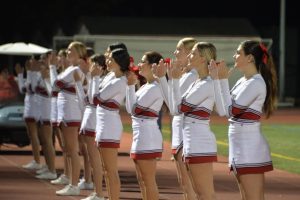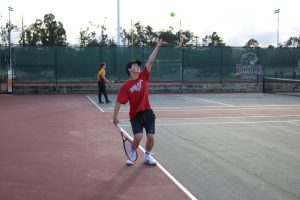Ethnic clubs serve as niches of diversity
November 9, 2016
Burlingame may be less ethnically diverse than many other local high schools, but a closer look reveals that there are several different racial groups that make up the school’s student body. These minority groups recognize the importance of maintaining a connection to their background, and thus several clubs have formed representing different ethnicities, religions, and places of origin.
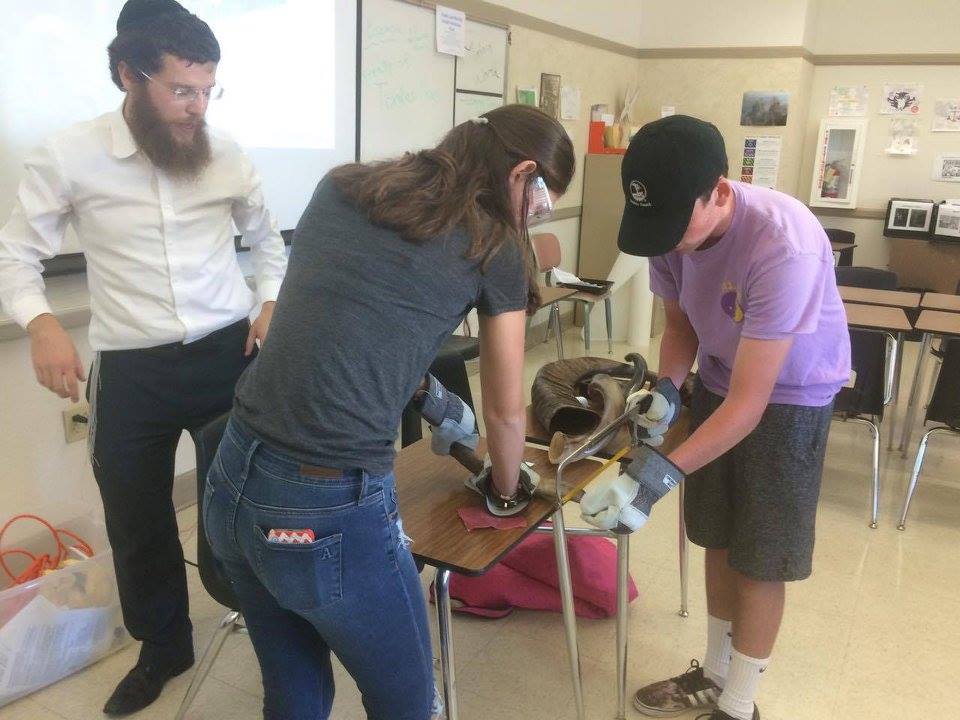
“We discuss our culture in a positive fashion,” said senior Dana Aboukhalil, vice president of the Middle Eastern Club. “The Middle East has a lot of stereotypes that we as a group know are false, so we are able to discuss them in a judgment-free environment.”
The Middle Eastern Club was created by Aboukhalil and senior Amanda Teoman, the club’s president, as a platform to discuss the different cultures within the Middle East in an informal and thoughtful way. They want to look at how Middle Eastern traditions compare, as there are students from a variety of Middle Eastern backgrounds that do not always share the same beliefs and values. They also want to change people’s minds about the stereotypes of the region and encourage people of other nationalities to join. Bringing in Middle Eastern food helps attract members and can foster conversation.
“If we were able to change [people’s] views about the Middle East, it would mean the world because we need people on our side during these tough times,” Aboukhalil said.
Other ethnic and religious groups are also making strong efforts to promote themselves on campus. The Jewish Club had declined in membership the last two years but is back this year led by seniors Rebecca Ezersky and Drew Ehrlich. Rabbi Yale Spalter comes in on alternate Wednesdays and leads discussions and activities about current events that involve Judaism as well as upcoming Jewish holidays. He also brings in pizza for every meeting. Although Judaism is a religion and not a racial group, there are still several issues facing the Jewish community and the club realizes the necessity of discussing them. Just as the Middle Eastern Club welcomes people who are not from the Middle East, the Jewish Club welcomes both Jewish and non-Jewish members.
“[One time], the rabbi showed us how to make a shofar, which is the horn we blow on Rosh HaShanah, the Jewish new year,” Ehrlich, the club’s vice president, said. “We are welcoming anyone who wants to learn about Jewish culture. We’re trying to educate people about the Jewish community, Jewish holidays, and teaching them anything they want to know.”
The Polynesian Club is also strong this year, with many new members. It represents students from many different islands throughout the Central and South Pacific regions, including Fiji, Samoa and Tonga. Countries in this region are rarely in the news, so the club seeks to keep up with current events throughout Polynesia and educate the school about their culture. They have printed sweatshirts and hats for themselves with script “Islanders” on them.
“I have the opportunity to work with an underrepresented population on this campus while learning about their cultural values, norms and celebrations,” health teacher Nicole Carter, who advises the club, said. “I get to learn about these individual students on a personal basis, [and] they are one of the most amazing groups on this camps.”
Burlingame also boasts an Italian Club and a Greek Club, both of which have been active for many years and are some of the strongest communities on campus. All of these clubs representing ethnic groups have a chance to showcase themselves at the school’s annual International Week in March, which includes a dance assembly and a food fair.
One main goal of all of these clubs is to refute the perception that Burlingame does not have a lot of diversity.
“A lot of people look at BHS and see a sea of white people,” Aboukhalil said. “We wanted to take advantage of the fact that there are so many cultures at BHS.”

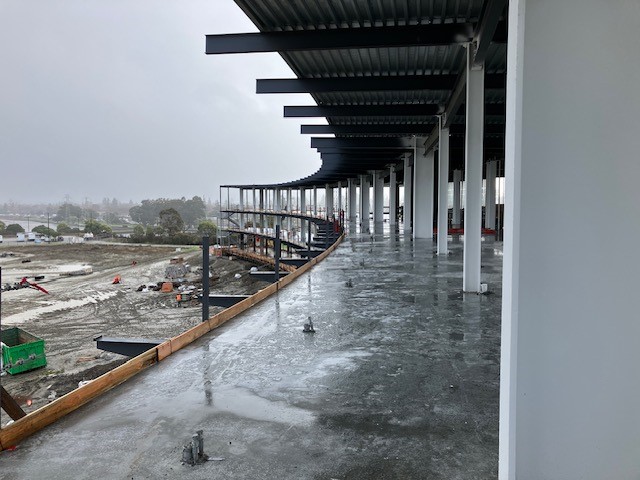

![WASC looks for more than the basic California State standards. According to chairperson Mike Woo, “As new rules and new concerns come up through society, [WASC] look[s] is the school doing something about that. Like the biggest trend post-COVID is mental wellness. So is your school doing something to address the mental health of the students? Along with are they still doing the proper academics?”](https://theburlingameb.org/wp-content/uploads/2024/03/IMG_3401-1200x1200.png)
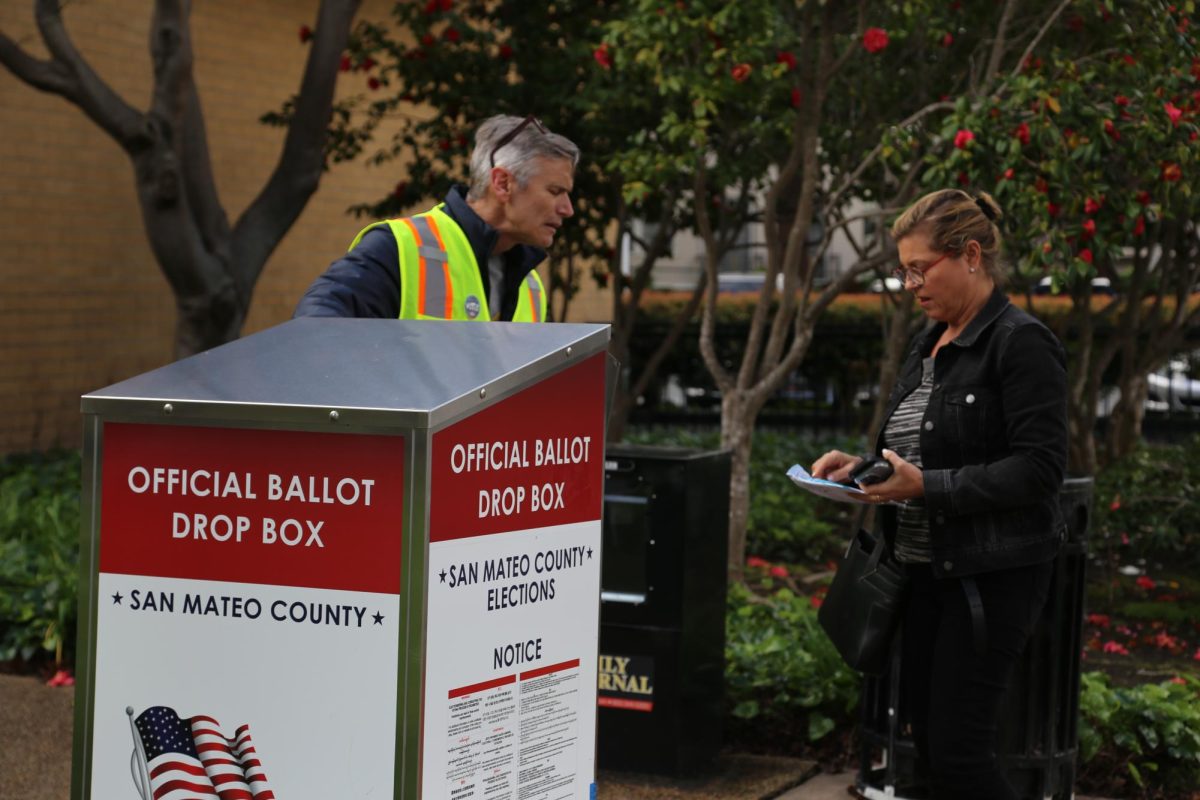

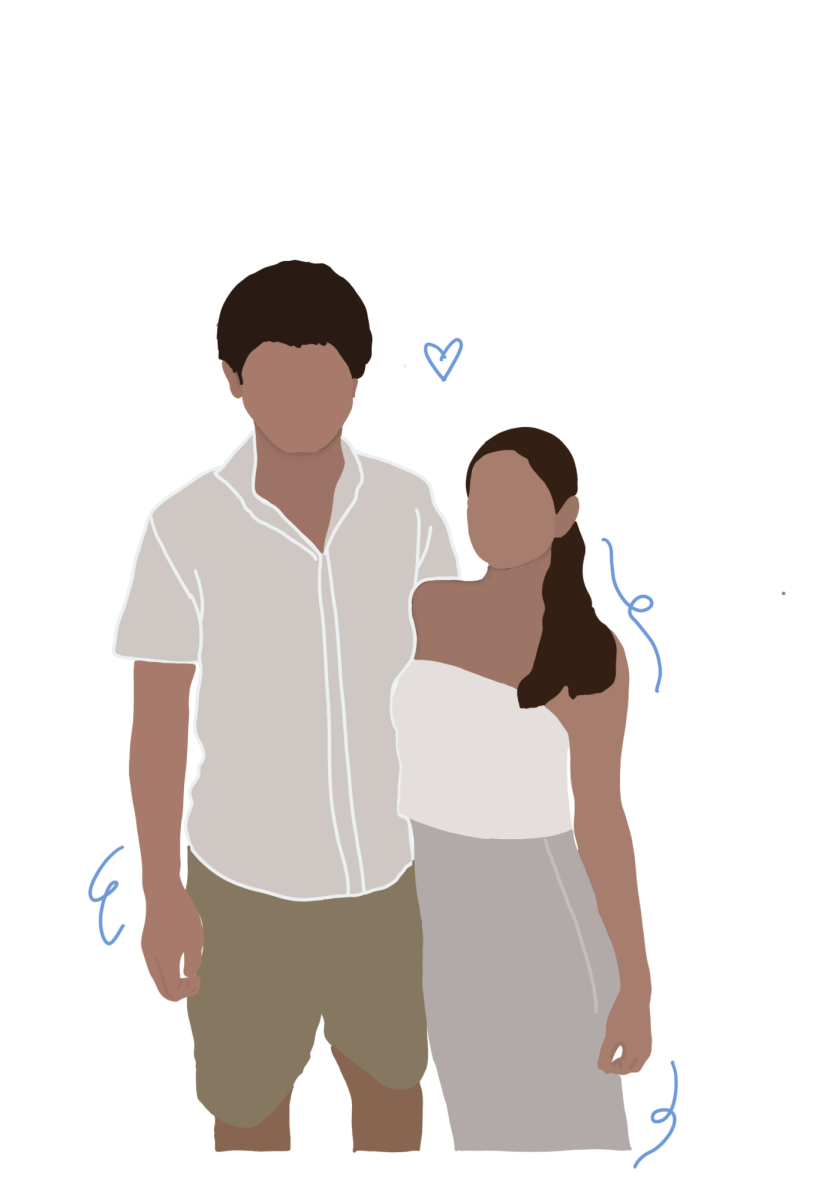
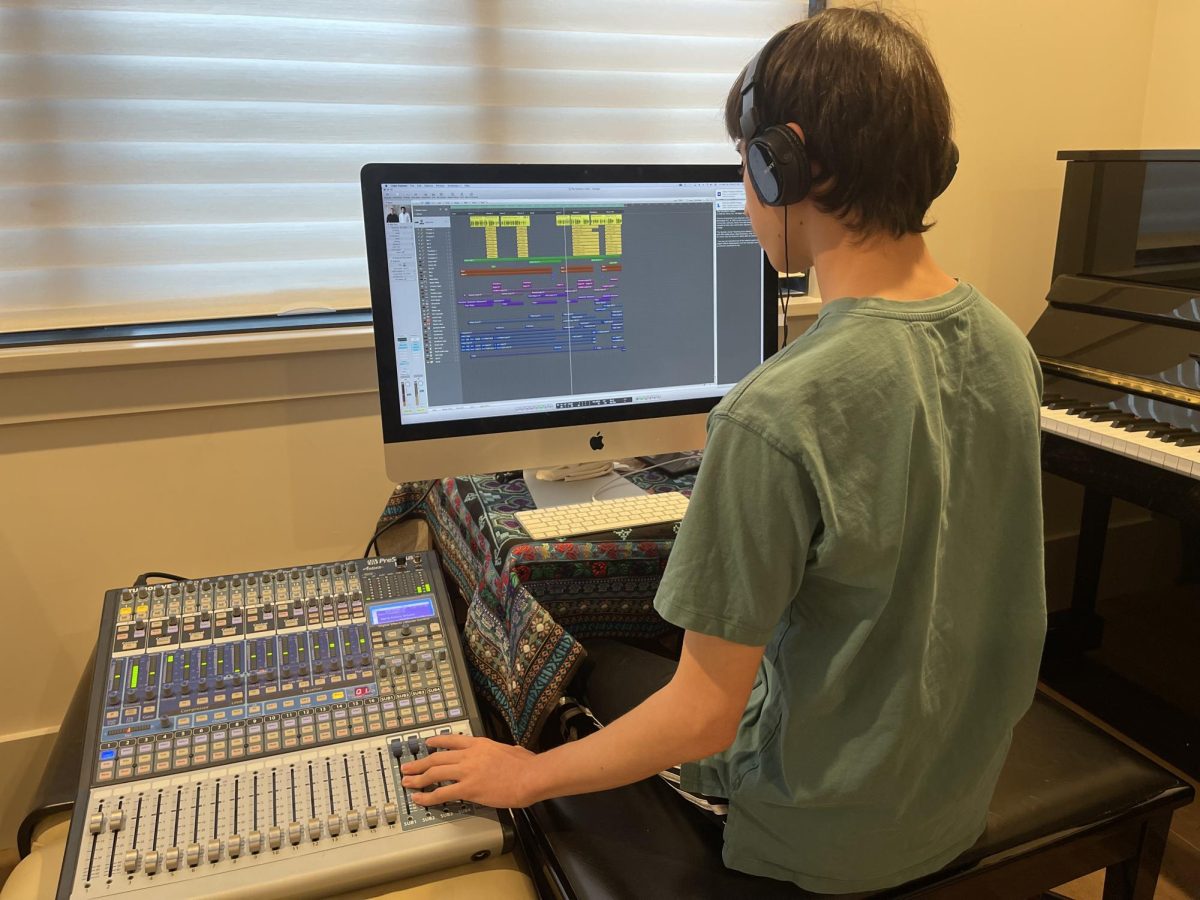
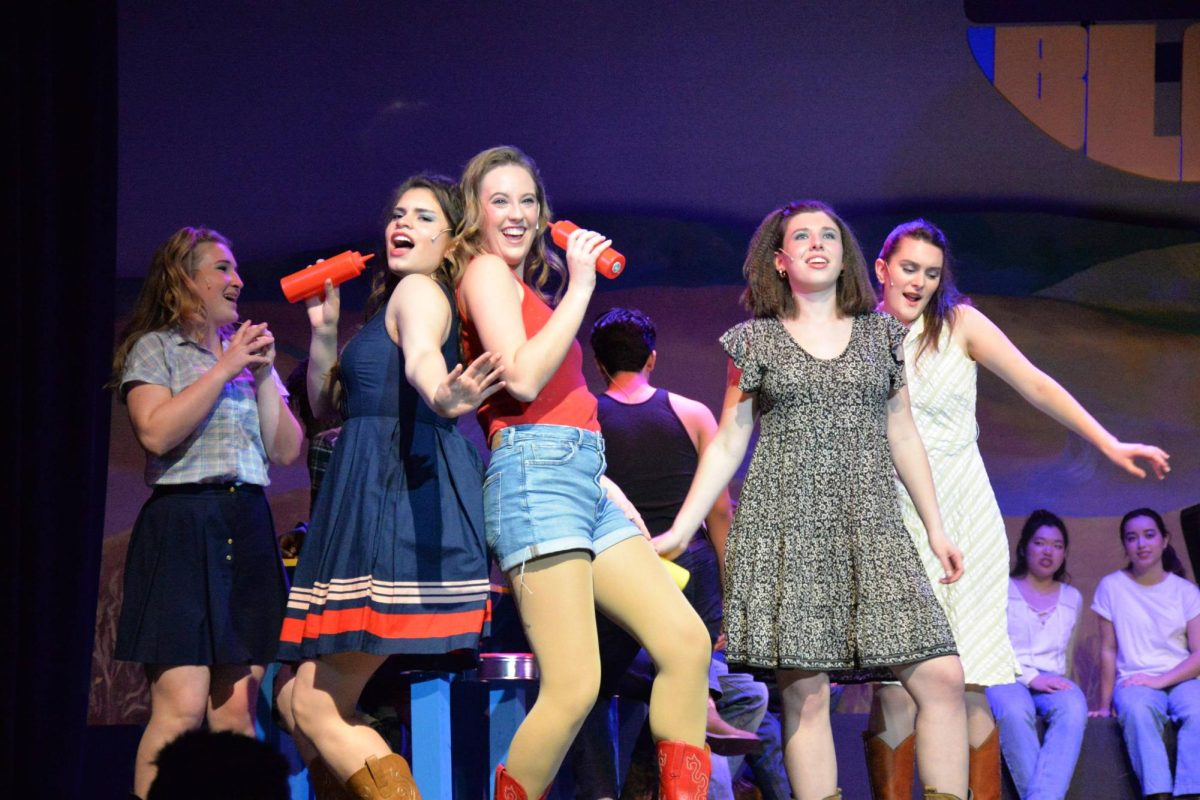
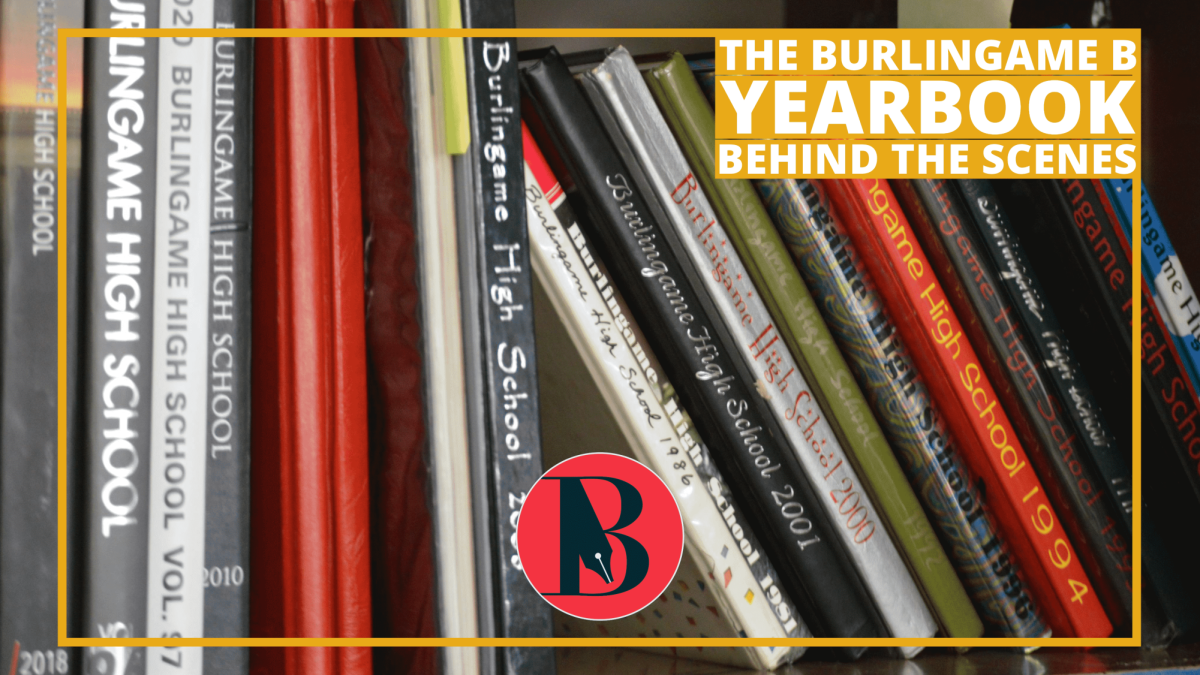
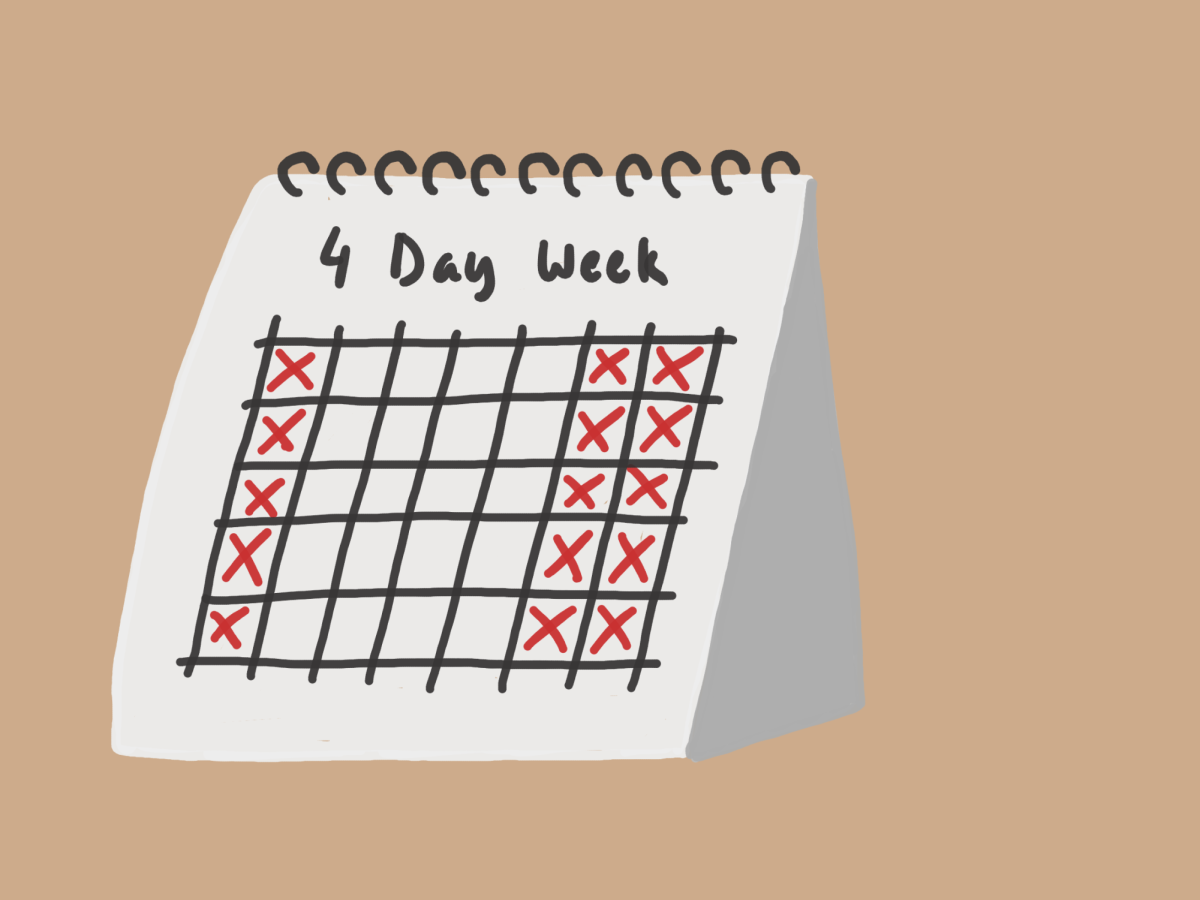
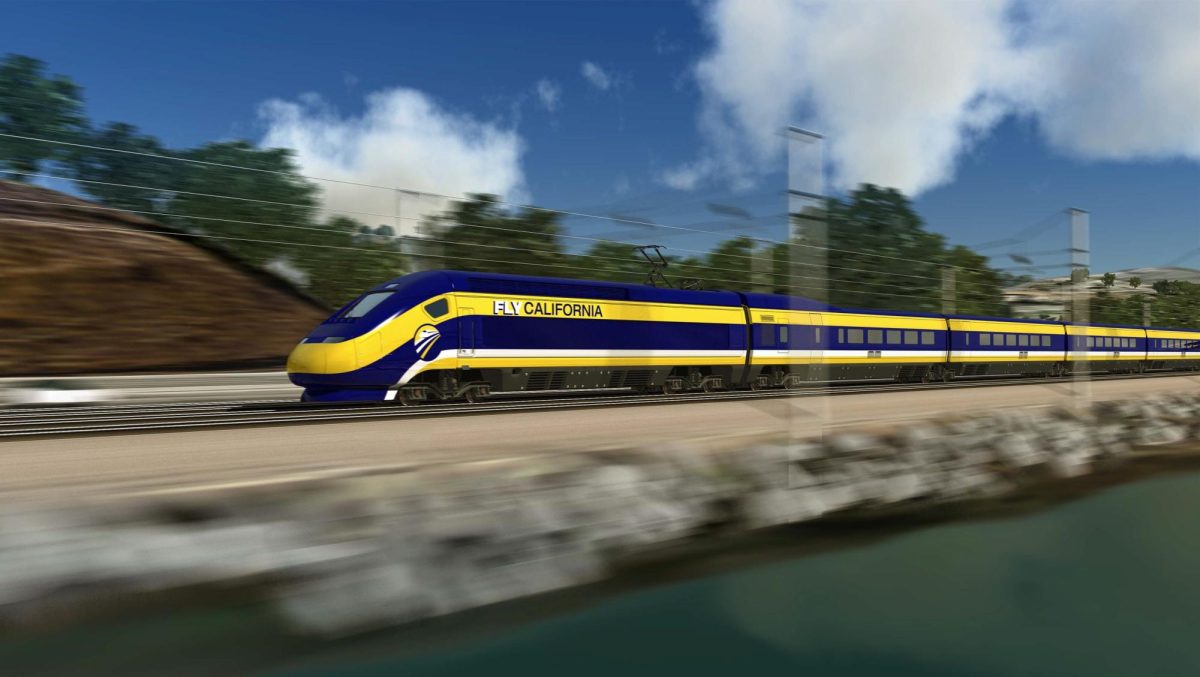



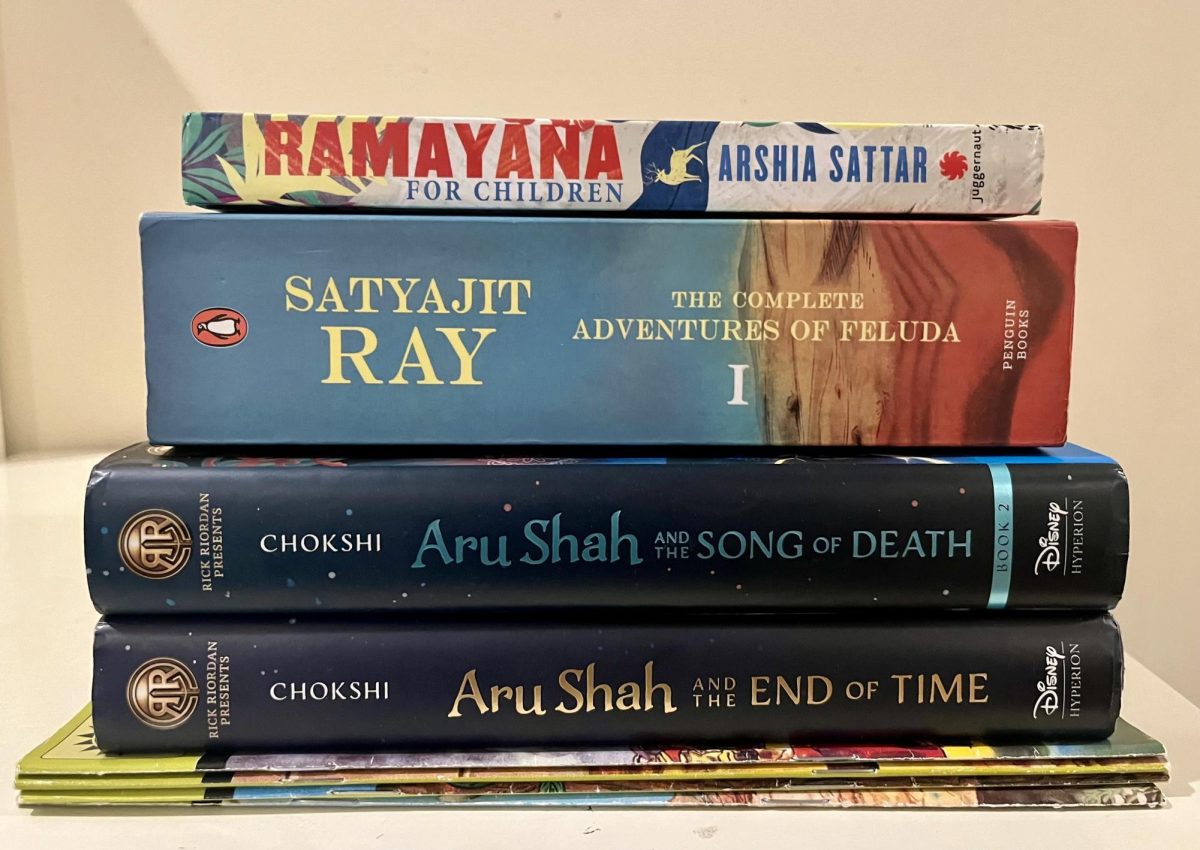
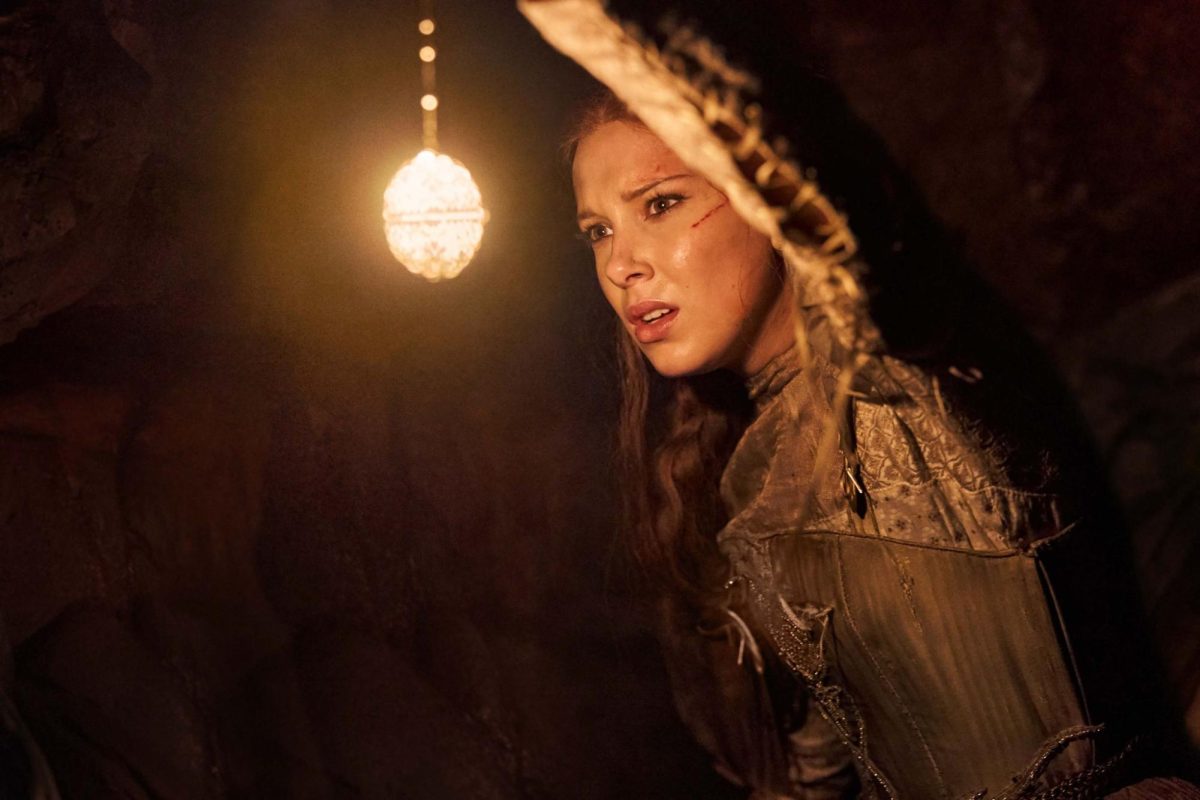
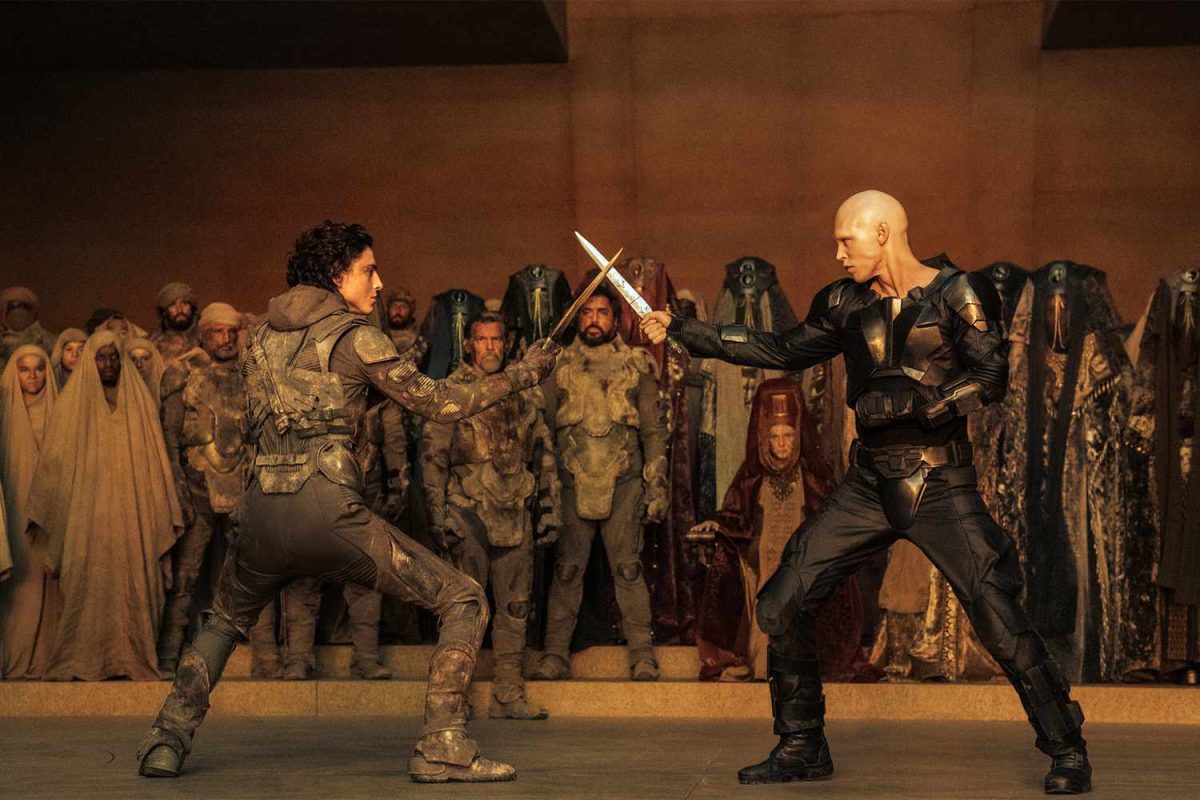

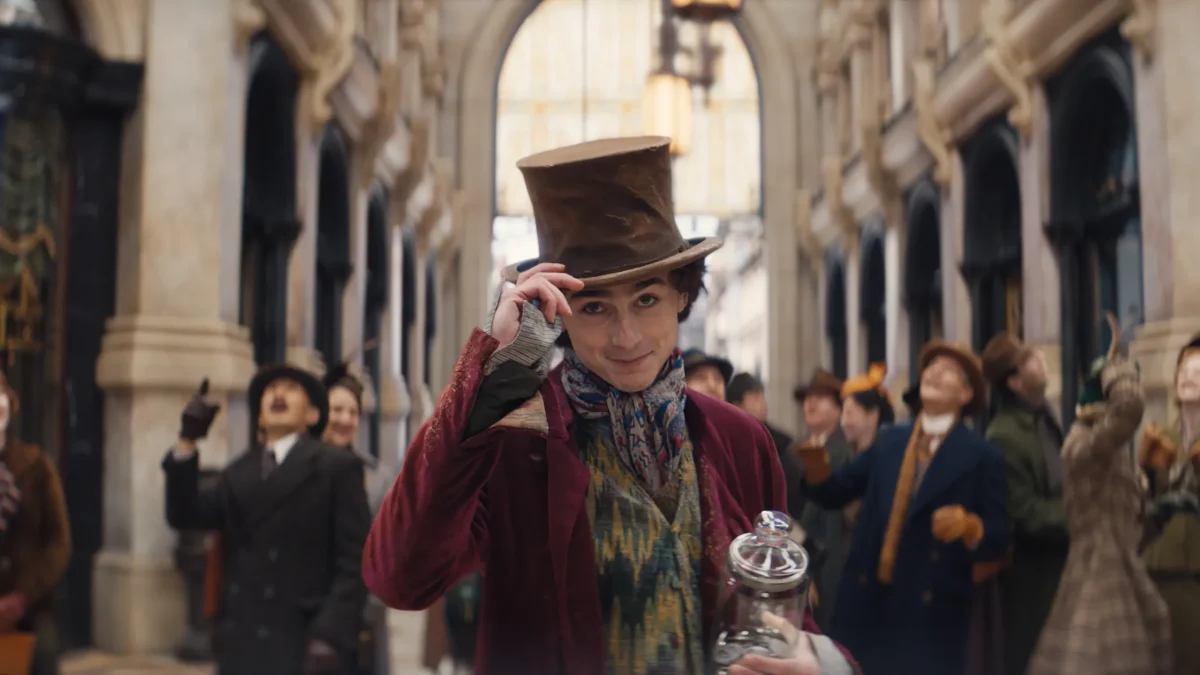

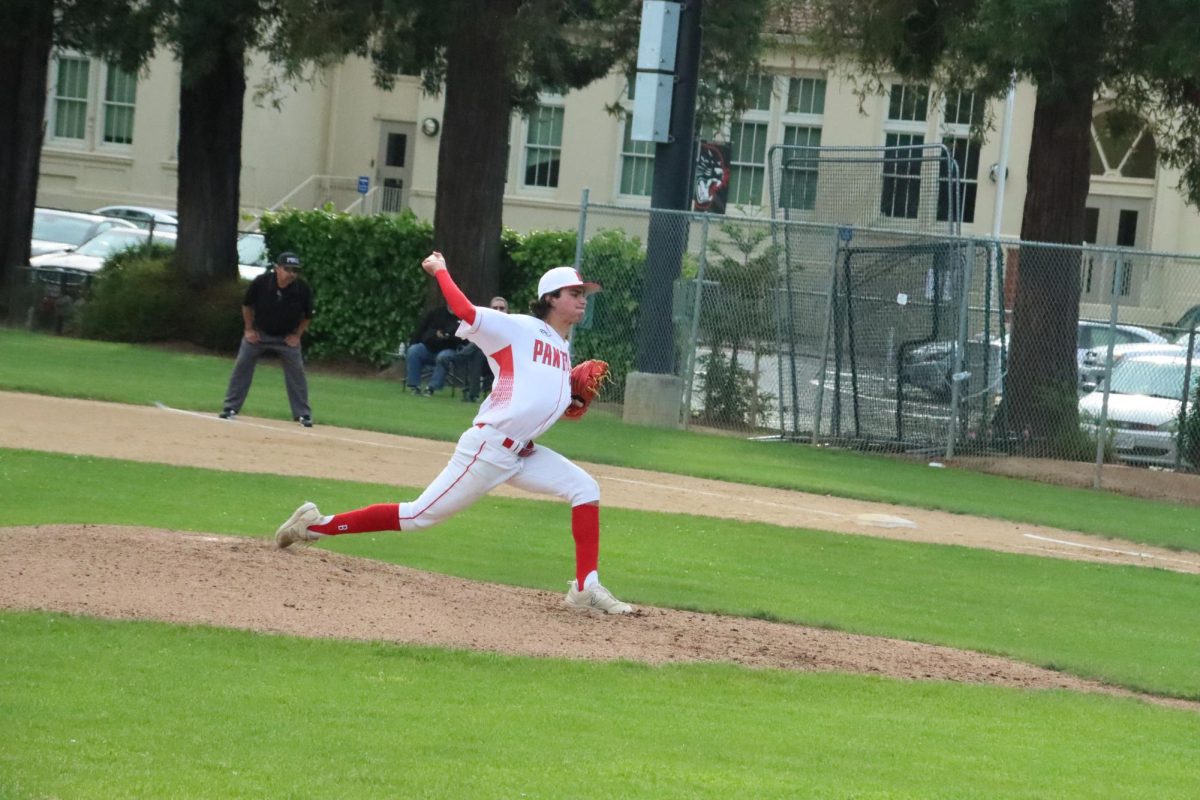
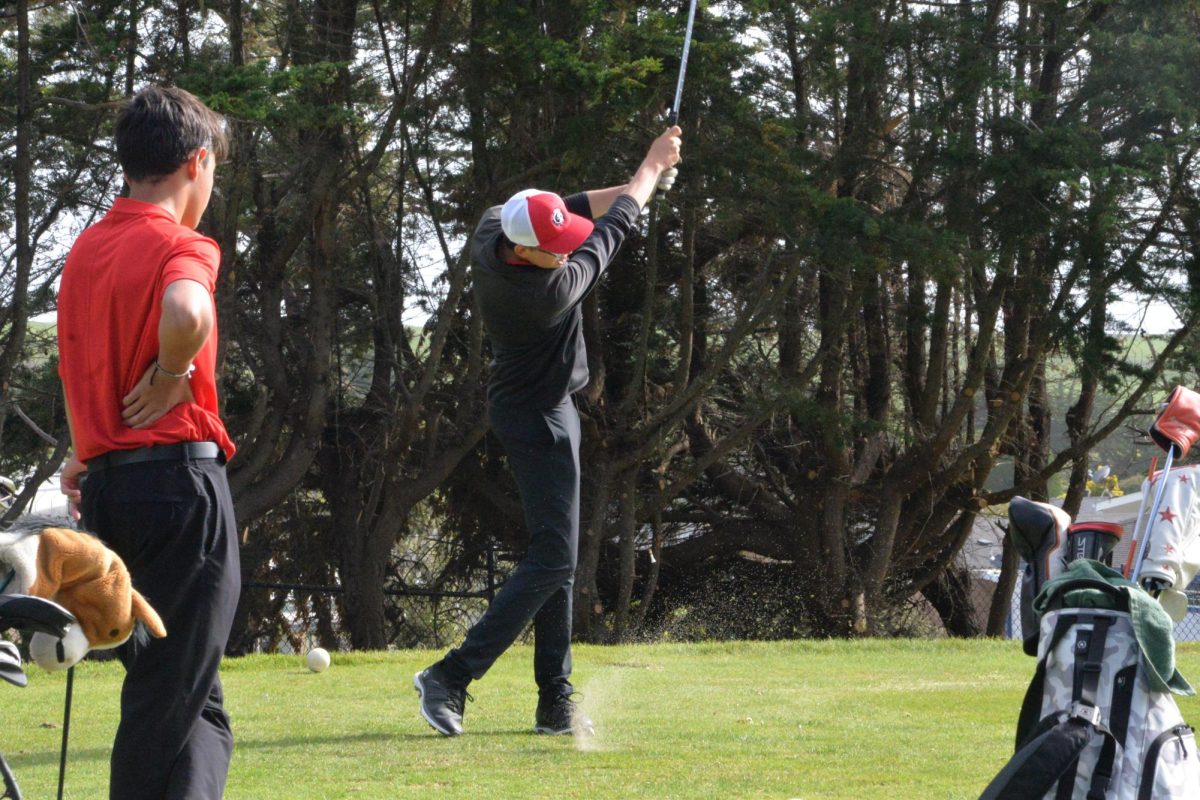
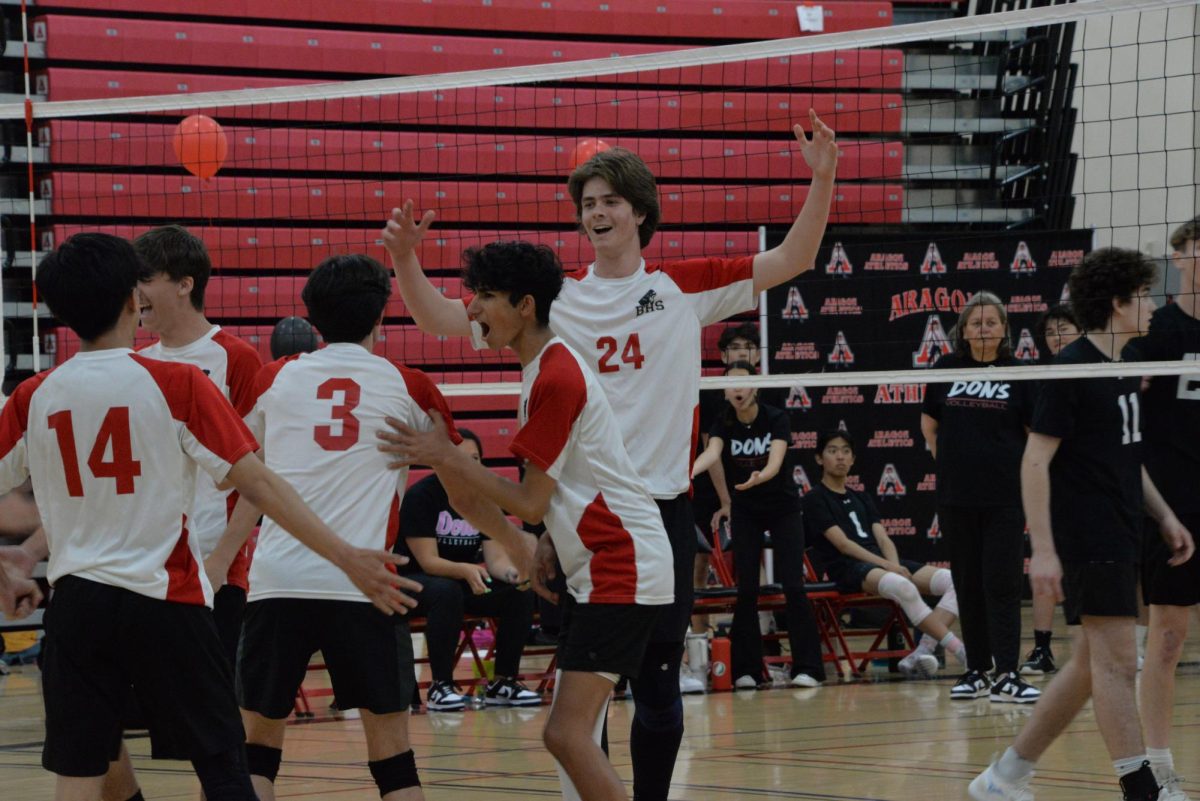

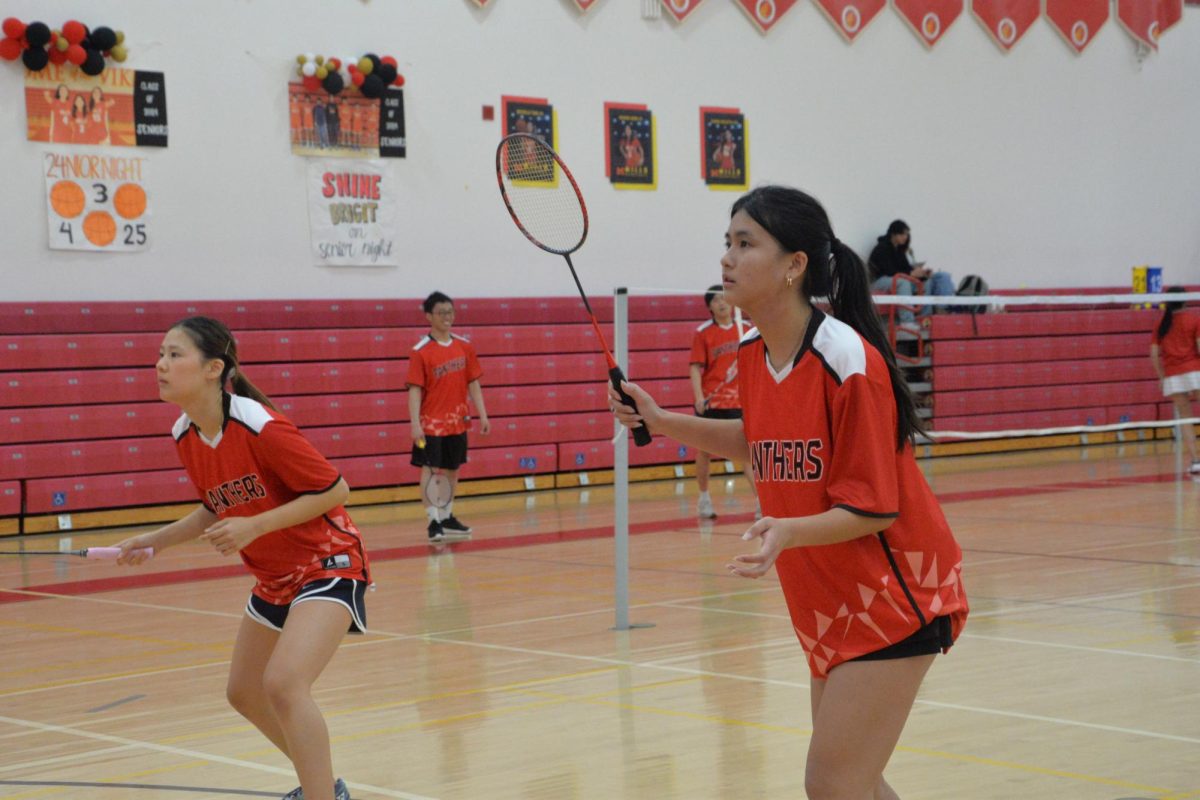
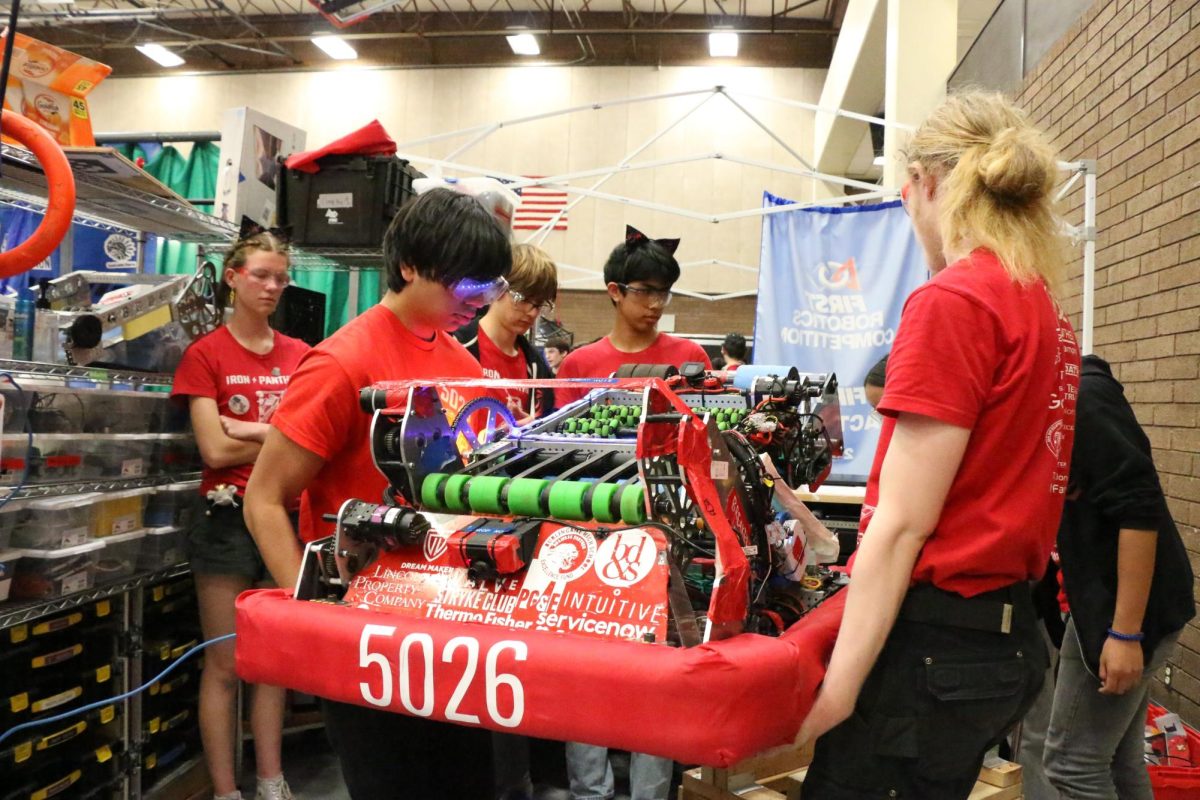
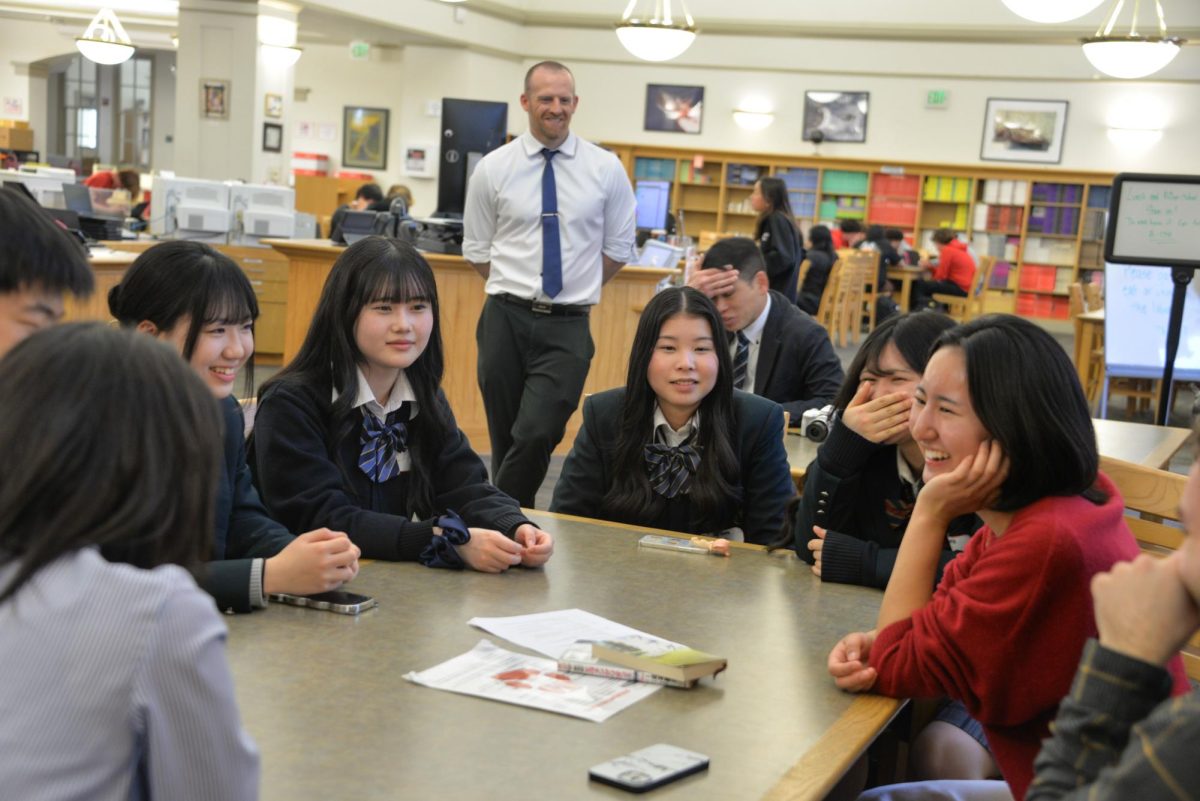
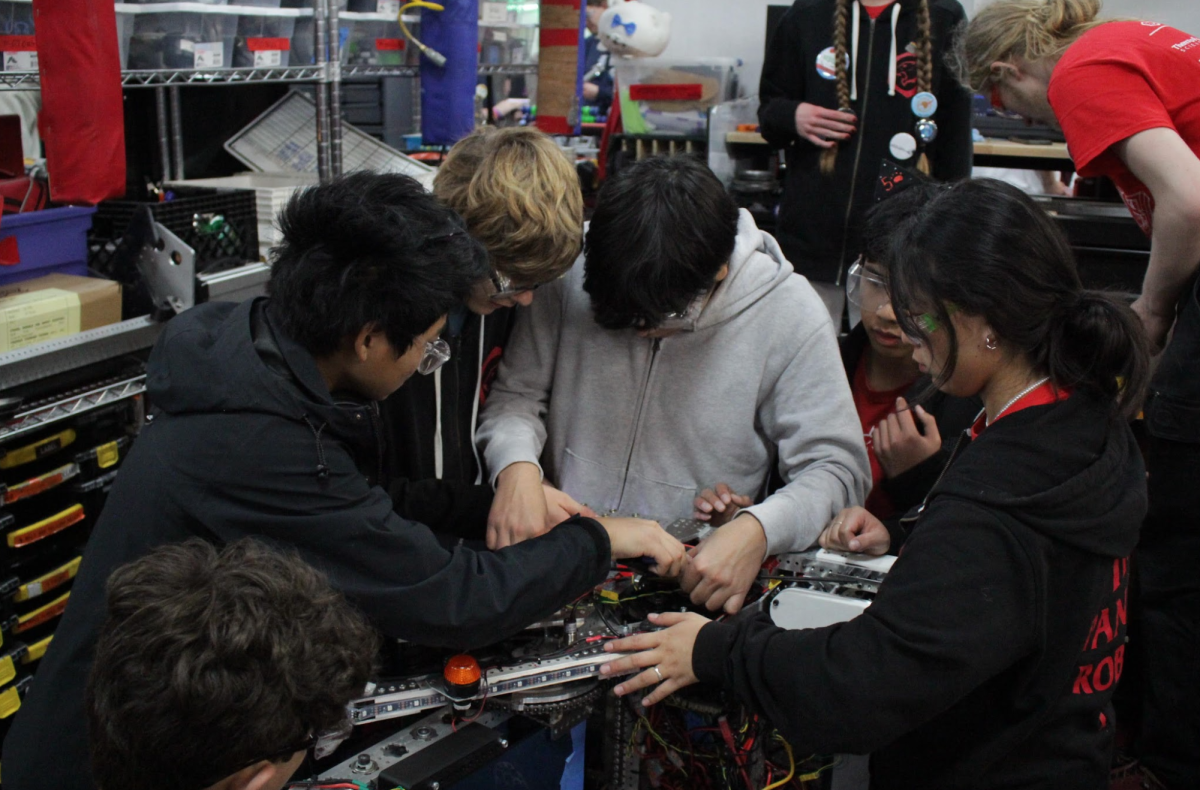
![“For me personally, I want [others] to see the music program as a strong union because we can really bring out the life of our school,” Vega said. “We need music, you know? Otherwise, things would be really silent and dead.”](https://theburlingameb.org/wp-content/uploads/2024/03/unnamed-1200x801.jpeg)





